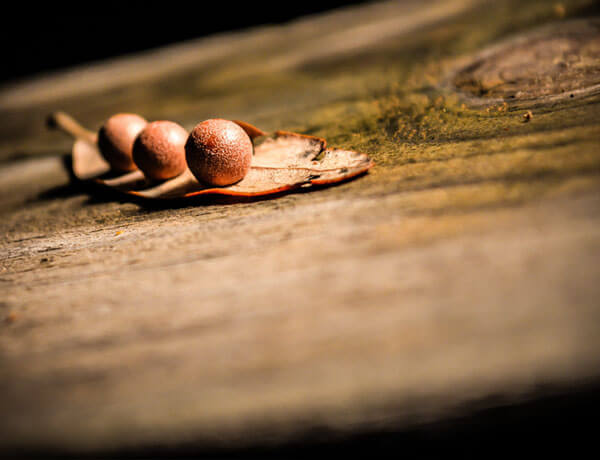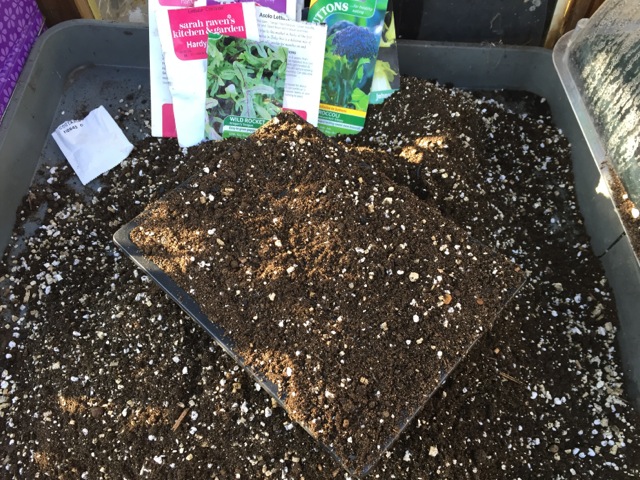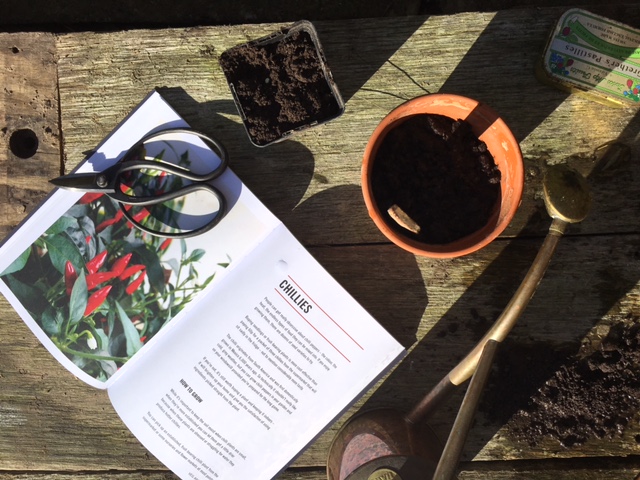-
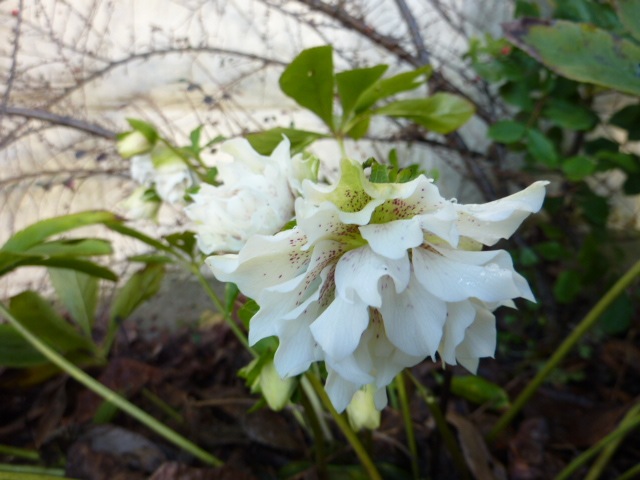
Ten Shrubs and Trees for Winter Fragrance in the Garden
In summer it’s the large colourful blooms and heady fragrances that attract pollinators, but winter-flowering plants need to use a different strategy. Fortunately for us this strategy consists of releasing deliciously piercing but delicate fragrances that carry in the cold winter air. Most of these trees and shrubs prefer to be planted in a sunny and sheltered spot where winter sunshine can most effectively work its magic. Ideally somewhere close to a regularly used pathway or door, so that you can enjoy the scent without having to visit the bottom of the garden, or walk across a soggy or frozen lawn.
 Daphne bholua ‘Jacqueline Postill’ has a strong upright habit and is a perfect shrub to grow against a wall in full sun or partial shade. It is not reliably hardy so it’s not a plant for a cold, exposed position. Once established it will be smothered in clusters of deep pink buds that open to soft pink, sweetly scented flowers through January and February. It is a semi-evergreen plant (it grows a new crop of leaves after flowering) that needs summer flowering companions to accompany its glossy green summer foliage. Like all daphnes it should only be pruned lightly or it may die back. All parts of the plant are toxic, so if you do pick some to bring indoors, be sure to wear gloves. If height is an issue, try Daphne odora aureomarginata instead – it’s more compact but equally fragrant.
Daphne bholua ‘Jacqueline Postill’ has a strong upright habit and is a perfect shrub to grow against a wall in full sun or partial shade. It is not reliably hardy so it’s not a plant for a cold, exposed position. Once established it will be smothered in clusters of deep pink buds that open to soft pink, sweetly scented flowers through January and February. It is a semi-evergreen plant (it grows a new crop of leaves after flowering) that needs summer flowering companions to accompany its glossy green summer foliage. Like all daphnes it should only be pruned lightly or it may die back. All parts of the plant are toxic, so if you do pick some to bring indoors, be sure to wear gloves. If height is an issue, try Daphne odora aureomarginata instead – it’s more compact but equally fragrant.
©Michelle Garrett
Hamamelis mollis & cultivars – the witch hazel bears extraordinary spicily fragrant, spider-like flowers on its bare branches from December through to February. There are many grafted cultivars with flowers ranging from deep red (Diane), through bright orange (Orange Peel) to pale yellow (intermedia x ‘Pallida’). The species Hamamelis mollis has bright yellow flowers and is richly fragrant but slightly less free flowering. All witch hazels will eventually grow into tall spreading shrubs, so they are not a plant for a small garden. Autumn leaf colour is good, but they are pretty dull in summer so they need companions that can shine while they take a back seat. They grow best in sun or partial shade and are tough as old boots but can be slow to establish. A small flowering twig in a vase will perfume a room.
 Acacia dealbata – if you have a very sheltered or urban garden the mimosa is a tree guaranteed to brighten a dull February day and will fill the air with its distinctive fragrance on a sunny day. Be warned though – if it is happy it can grow to a substantial size – so be sure to give it space to spread. When choosing your spot, think of the Mediterranean where the mimosa thrives in the poor stony soils near the sea – it doesn’t like cold, clay soils, or positions exposed to prevailing winds. Pruning should be done regularly, but only in spring after the flowers have died back, otherwise it will become leggy and unattractive. If you can reach a branch or two, they make great cut flowers. The secret to keeping them looking good in a vase is to cut the stems at 45 degree angle, then stand them in a jug with 10cm (4″) freshly boiled water and finally cover the jug and flowers with a large plastic bag – and leave them like that overnight. It’s the steam that works the magic.
Acacia dealbata – if you have a very sheltered or urban garden the mimosa is a tree guaranteed to brighten a dull February day and will fill the air with its distinctive fragrance on a sunny day. Be warned though – if it is happy it can grow to a substantial size – so be sure to give it space to spread. When choosing your spot, think of the Mediterranean where the mimosa thrives in the poor stony soils near the sea – it doesn’t like cold, clay soils, or positions exposed to prevailing winds. Pruning should be done regularly, but only in spring after the flowers have died back, otherwise it will become leggy and unattractive. If you can reach a branch or two, they make great cut flowers. The secret to keeping them looking good in a vase is to cut the stems at 45 degree angle, then stand them in a jug with 10cm (4″) freshly boiled water and finally cover the jug and flowers with a large plastic bag – and leave them like that overnight. It’s the steam that works the magic.

Corylopsis pauciflora – It seems strange that this late-winter flowering shrub, also known as ‘winter hazel’ includes ‘pauciflora’ as part of its name. It means ‘sparsely flowering’ and this is one thing it isn’t. The hanging clusters of delicately perfumed pale primrose yellow flowers smother the shrub. Corylopsis grows best in an acid soil in partial shade where it will form a spreading shrub up to 2 metres in height. It should be pruned to shape in the spring after flowering.

Viburnum bodnantense ‘Dawn’ – This viburnum is a real winter star bearing dense clusters of intensely fragrant flowers on its bare branches from November through to March. It can be grown in full sun or partial shade in reasonably fertile soil. It is an upright shrub that can reach 2 metres in height. Once established it can be kept in shape by removing the oldest branches close to ground level to make way for new growth. Sprigs can be cut to bring indoors.

Coronilla valentina – The coronilla is an evergreen member of the pea family that bears masses of sunny yellow flowers from summer right through to spring and on a mild day will release a scent reminiscent of the narcissus. Like the mimosa, it needs sun, shelter and well-drained soil. For those who prefer more subtle shades, the cultivar Coronilla valentine glauca ‘Citrina’ has a softer colouring.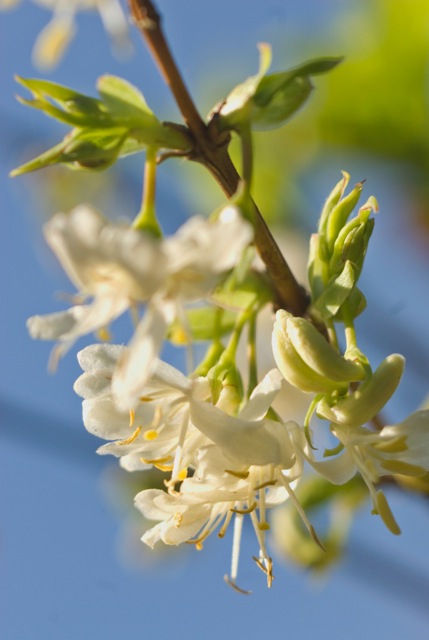
©Michelle Garrett
Lonicera fragrantissima – Be warned, the winter-flowering honeysuckle is a bit of a thug, so only grow it if you can confine its root run, or there is space to let its shallow roots colonise the surrounding area. It’s a plant that spreads by stealth, but it does flower fragrantly and beautifully in the winter months, so if you have a difficult space to fill it is worth considering.

©John Hiorns
Mahonia ‘Soft Caress’– Mahonias have an appealing fragrance reminiscent of lily of the valley, but most of them have large prickly leaves and a somewhat messy habit unless pruned regularly – which means they are only suitable for large gardens. A new variety ‘Soft Caress’ has very different leaves – more like a palm –and is compact enough for any garden. It is reported to be as fragrant as its relatives, is fully hardy and will tolerate anything from full sun to full shade and can planted in a container. Hard pruning is recommended every other year.
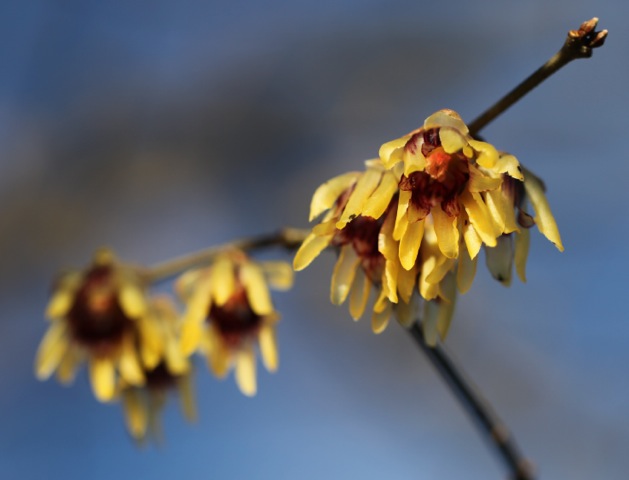
©John Hiorns
Chimonanthus praecox – Wintersweet is an aptly named shrub that carries intensely fragrant tiny yellow flowers with purple centres. It is unobtrusive, attracting attention through its fragrance rather than its appearance. It needs full sun and can be slow to flower, but it will grow in most soils, is hardy and needs little in the way of pruning. Like witch hazel and daphne, a single sprig will scent a room.
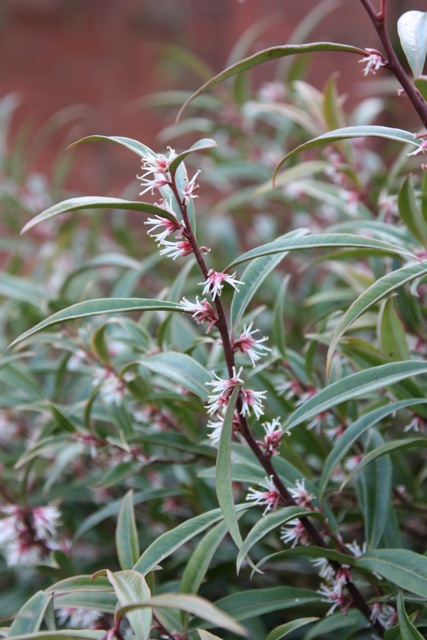
© John Hiorns
Sarcococca hookeriana var. digyna – Sweet Box is a modest evergreen shrub, enlivened by shaggy cream flowers that bloom along the length of its stems. But it does have two virtues that make it worth growing – firstly its flowers have a perfume that will stop you in your tracks, and secondly it is perfectly happy in deep shade providing the soil is moist but well-drained. So, if you have a shady spot near a doorway or path, it will more than repay you with its glorious winter fragrance.
© Stephanie Donaldson



